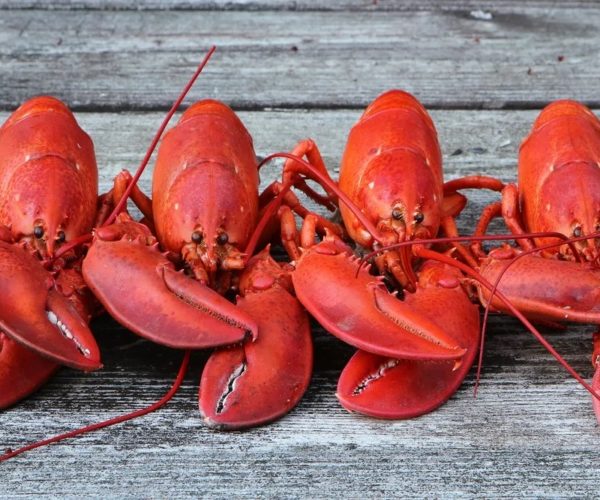Lobster has risen to become one of the most desired seafood proteins across the culinary world. It’s a sign of high dining, with the sweet and succulent meat pairing well with a variety of different cuisines. However, did you know that there’s more than one type of lobster? Factors such as hemisphere, seasonality and water temperature can affect their overall taste. Lobsters offer a kind of diversity that other types of seafood cannot match, but the number of choices available can be intimidating for the uninitiated. This La La Lobster guide to lobster hopes to help shine a light on our favorite crustaceans!
Warm Water vs. Cold Water
The climate that lobsters find themselves in has a direct effect on their growth. The most significant difference that gives away whether the lobster comes from cold or warm water stems from the development of their front claws. Warm water lobsters do not have the same set of developed front claws as their cold-water cousins have. What they lack in claw meat, they make up for with bountiful tail meat and generally cost less than their cold-water counterparts. Lobsters found along the California coast and the Caribbean, the African coasts, and other warm climates make up the warm water variety.
Coldwater lobsters are usually the first thing people think of when they hear the word “lobster.” The five sets of legs, the fully formed claws, and that sweet taste have defined people’s expectations of lobsters for generations. Often found in the North Atlantic around Maine and Niagara Falls, these lobsters are the ones that your kids will drag you to the lobster tank at your local supermarket to look at for 10 minutes. The sweet and succulent flavor of the claw meat and the firm texture of the tail meat makes the North Atlantic cold-water lobsters one of the most popular and enduring options for our lobster roll platters.
Hard Shell vs. Soft Shell
As with crabs, lobsters go through various stages of molting during the year. These molting stages directly impact how the lobster tastes, cooks, and what it pairs with, and restaurants and home cooks have to be aware of these factors when picking between the two. The soft shell lobsters are more challenging to transport and keep alive since the shell doesn’t offer the same kind of protection in its molted state. However, if you can get a soft-shelled lobster from a location right on-site or can have it shipped to you frozen, then you can enjoy the unique flavor that the water loaded shell provides. Typically, the season for soft shell lobster runs from July through late September.
Hard shell lobsters are the most prevalent and popular variety of lobster available on the market. Thanks to the shell being fully mature, transporting them live across great distances becomes an easier proposition. These lobsters are typically found in restaurants and supermarkets alike and have that distinct lobster flavor that people associate with the protein.
Come Taste the Difference
I know writing this has made me hungry, and I’m sure you are too. If you want to try one of La La Lobster’s signature seafood rolls and see what makes lobster such a luxurious treat, come on down to our kitchen!


